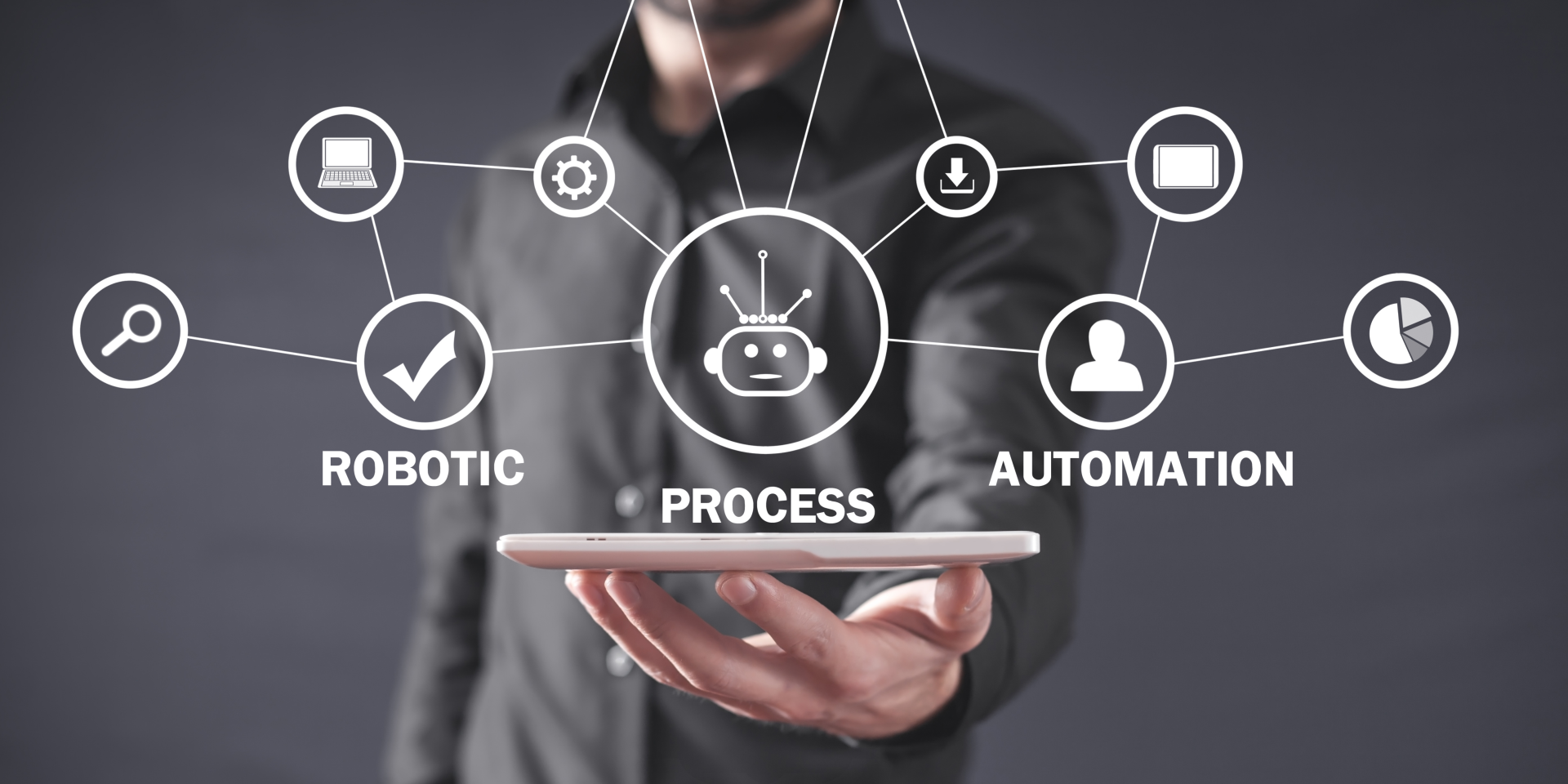It’s evident that Artificial Intelligence (AI) and Machine Learning (ML) have reshaped the landscape of software testing. Since the emergence of AI-powered language models like ChatGPT, a range of AI-driven technologies has followed suit, offering undeniable benefits. In this article, we’ll explore how to harness AI/ML in software testing to elevate your QA processes.
Understanding AI and ML in Software Testing
AI/ML in software testing entails the integration of Artificial Intelligence and Machine Learning into various phases of testing to enhance its effectiveness. These technologies empower testers with human-level decision-making capabilities, making software testing more robust and efficient.
AI/ML has made significant strides in recent years, providing numerous opportunities for utilization in diverse scenarios.
Leveraging AI/ML in Software Testing
To harness the potential of AI/ML in software testing, understanding these technologies’ capabilities is essential. There are three primary approaches for integrating AI/ML into testing:
Building Custom AI: Developing tailored AI solutions for organizational needs, a resource-intensive and long-term approach.
APIs to incorporate AI capabilities.
Using Off-the-Shelf Tools: Employing pre-built testing tools equipped with AI features.
The choice of approach depends on the organization’s vision and needs. Regardless of the approach, AI/ML can contribute significantly in five key areas:
1.- Automated Smart Test Case Generation
AI-powered models, like ChatGPT, can generate test cases swiftly and intelligently. For instance, you can request ChatGPT to create a Selenium unit test to verify a web page’s functionality. This automation reduces the burden on testers, especially in dynamic Agile environments.
2.- Test Case Recommendation
Machine Learning excels in learning from data and suggesting suitable test cases. As AI observes user interactions with an application, it identifies patterns and recommends test cases aligned with real user behavior. This adaptive approach improves test coverage and efficiency.
3.- Test Data Generation
AI/ML can generate mock datasets, saving time and effort in collecting real-world data. For complex scenarios like shipping fee calculations in e-commerce, AI can provide data sets with various input combinations, enhancing testing comprehensiveness.
4.- Test Maintenance for Regression Testing
Software updates often disrupt existing test scripts. AI can automate test script adjustments, ensuring they adapt to code changes, a feature known as “Self-Healing Mechanism.” This reduces manual script maintenance efforts during regression testing.
5.- Visual Testing
AI addresses challenges in automating visual testing. It can recognize subtle visual differences and understand when to “ignore” certain changes, ensuring a more human-like perspective. This capability enhances the accuracy of visual testing, even in dynamic UI environments.
Benefits of AI/ML in Software Testing
AI/ML in testing brings several advantages:
- Enhanced productivity for both developers and testers.
- Addressing new quality challenges introduced by AI-integrated applications.
- Accelerated test creation and improved test maintenance.
- Informed decision-making through AI-driven recommendations.
- Streamlined testing processes for greater efficiency.
AI/ML complements testers’ skills and empowers them to solve problems more efficiently, acting as a valuable assistant rather than a replacement.
Challenges of AI/ML in Software Testing
AI/ML adoption in testing presents challenges:
- Training Data Quality: AI/ML models require diverse datasets for effective training, which may not initially align with organizational needs. Over time, they become more adaptable.
- Unforeseen Test Cases: AI/ML models might miss scenarios if not adequately trained, making it challenging to identify missing test cases.
- Overfitting and Underfitting: Balancing model specificity and generalization is crucial to prevent overfitting or underfitting.
- Model Drift: Models may become less effective as software usage changes, necessitating continuous data monitoring.
Best Practices for AI/ML in Software Testing
- Gain a foundational understanding of AI/ML and workflows to integrate them effectively.
- Be patient and allow AI to learn and adapt gradually to complex tasks.
- Master prompt engineering to provide precise input prompts for accurate outputs.
- Remember that AI is a tool that empowers testers, enhancing their skills and creativity.
Testing With AI vs. Testing For AI Systems
Testing using AI focuses on enhancing traditional testing with AI models, while testing for AI systems involves evaluating AI models’ performance. For AI systems this is non-deterministic and presents unique challenges.
Challenges of Testing AI Systems
- Complex AI/ML models with intricate algorithms.
- Infinite possibilities in AI-generated results.
- “Black box” nature of AI/ML applications.
- Susceptibility to adversarial inputs.
- Evolving behavior over time.
In conclusion, AI/ML’s potential in software testing is immense. Embrace these technologies with an understanding of their capabilities and challenges to supercharge your testing processes and stay ahead in the ever-evolving landscape of software testing.
For more information regarding technology and new trends, visit www.advancio.com.
